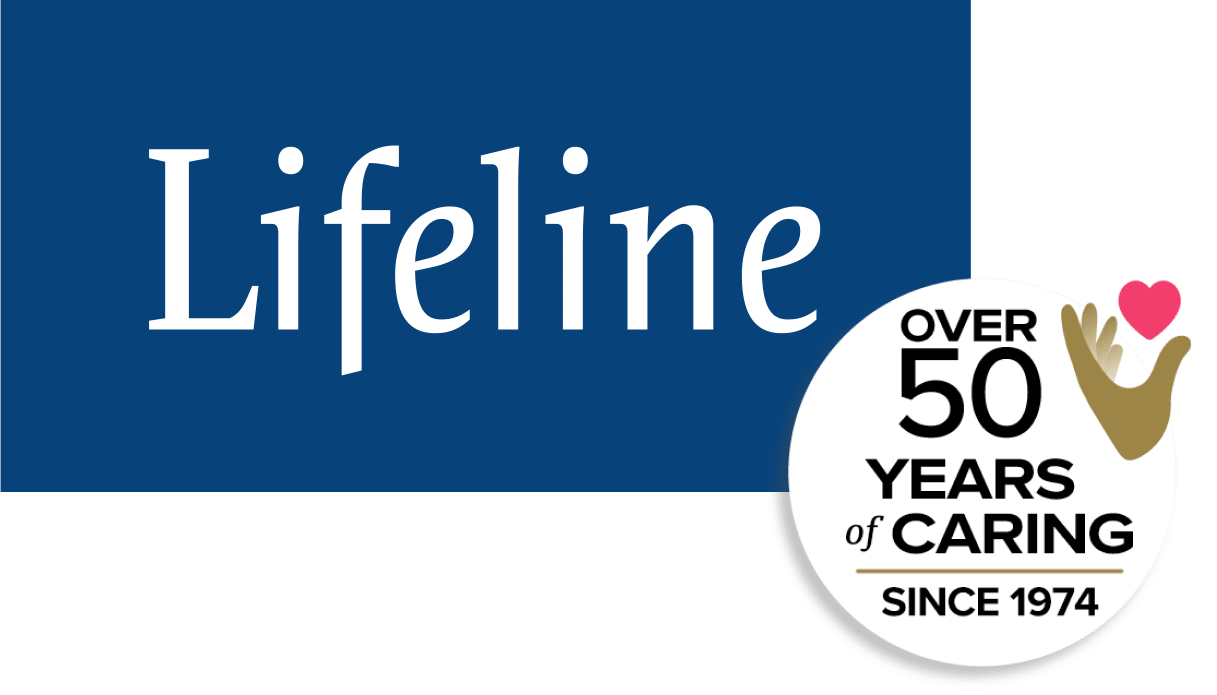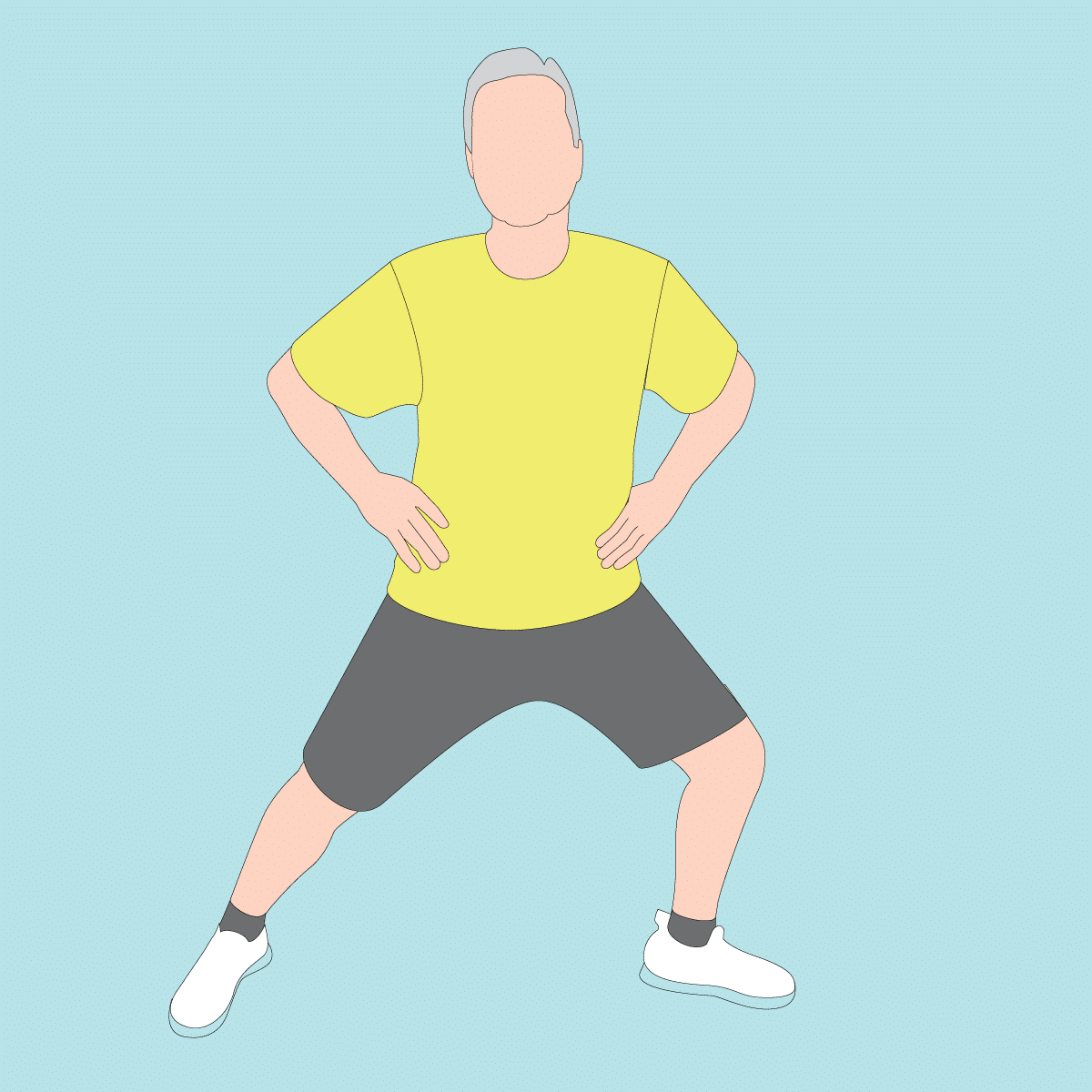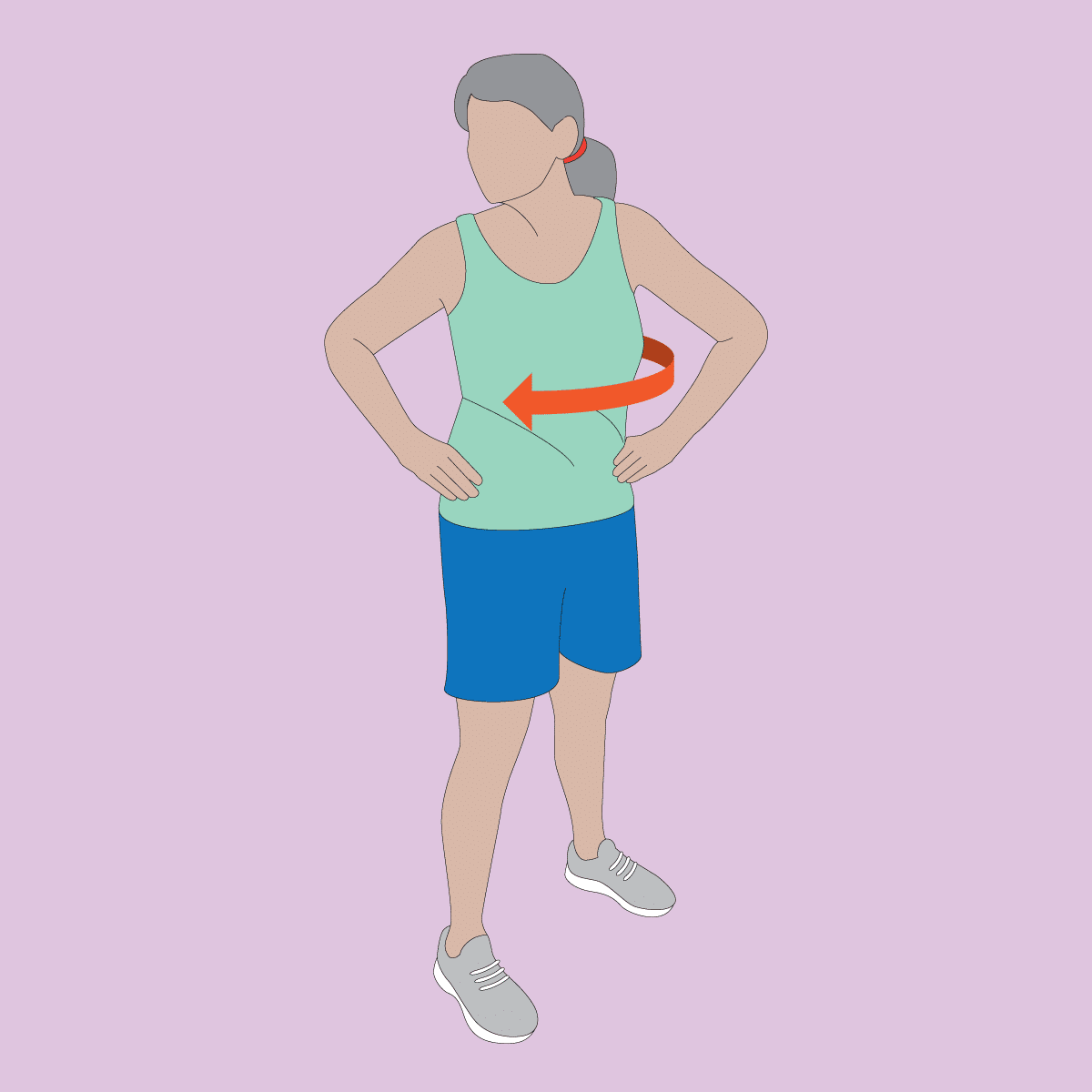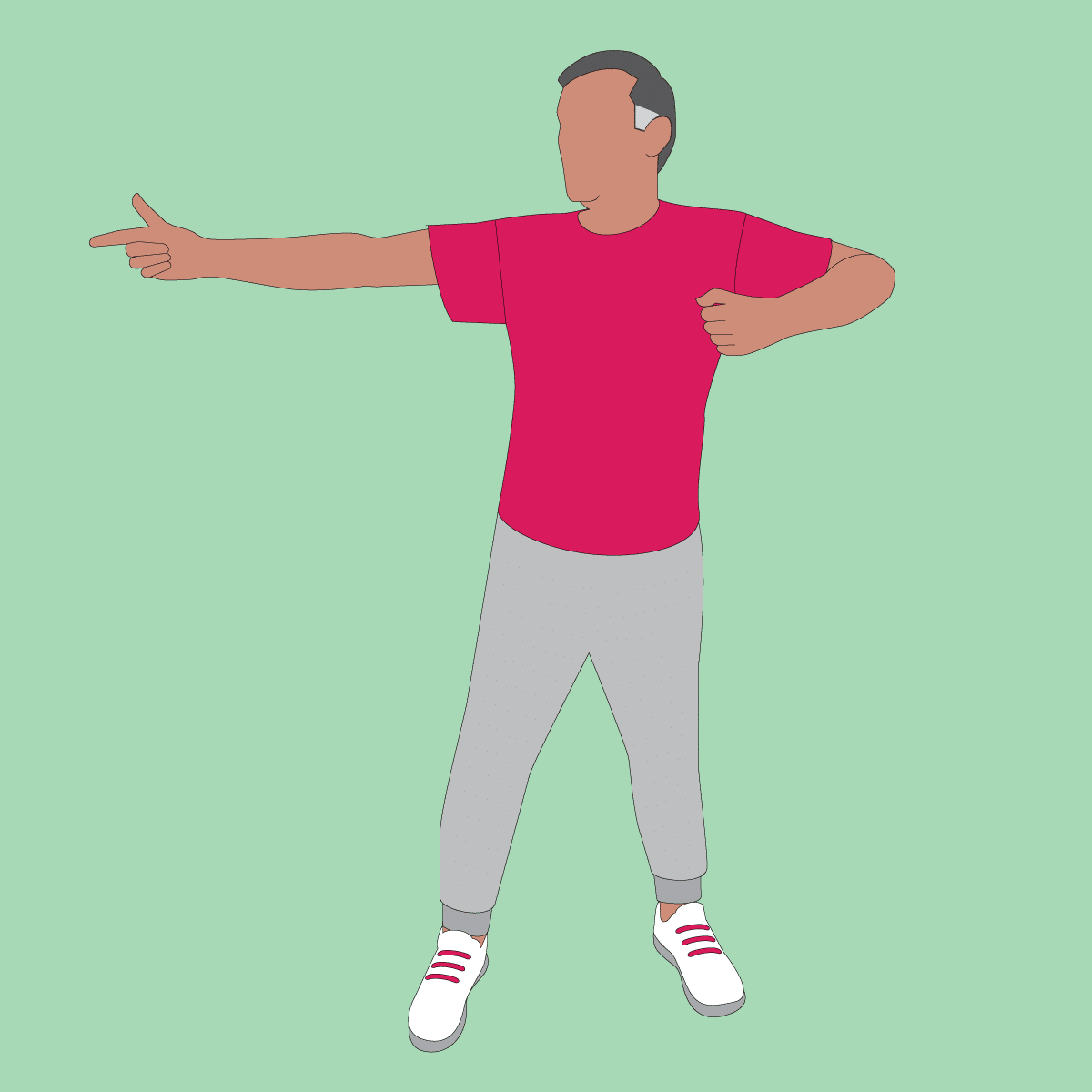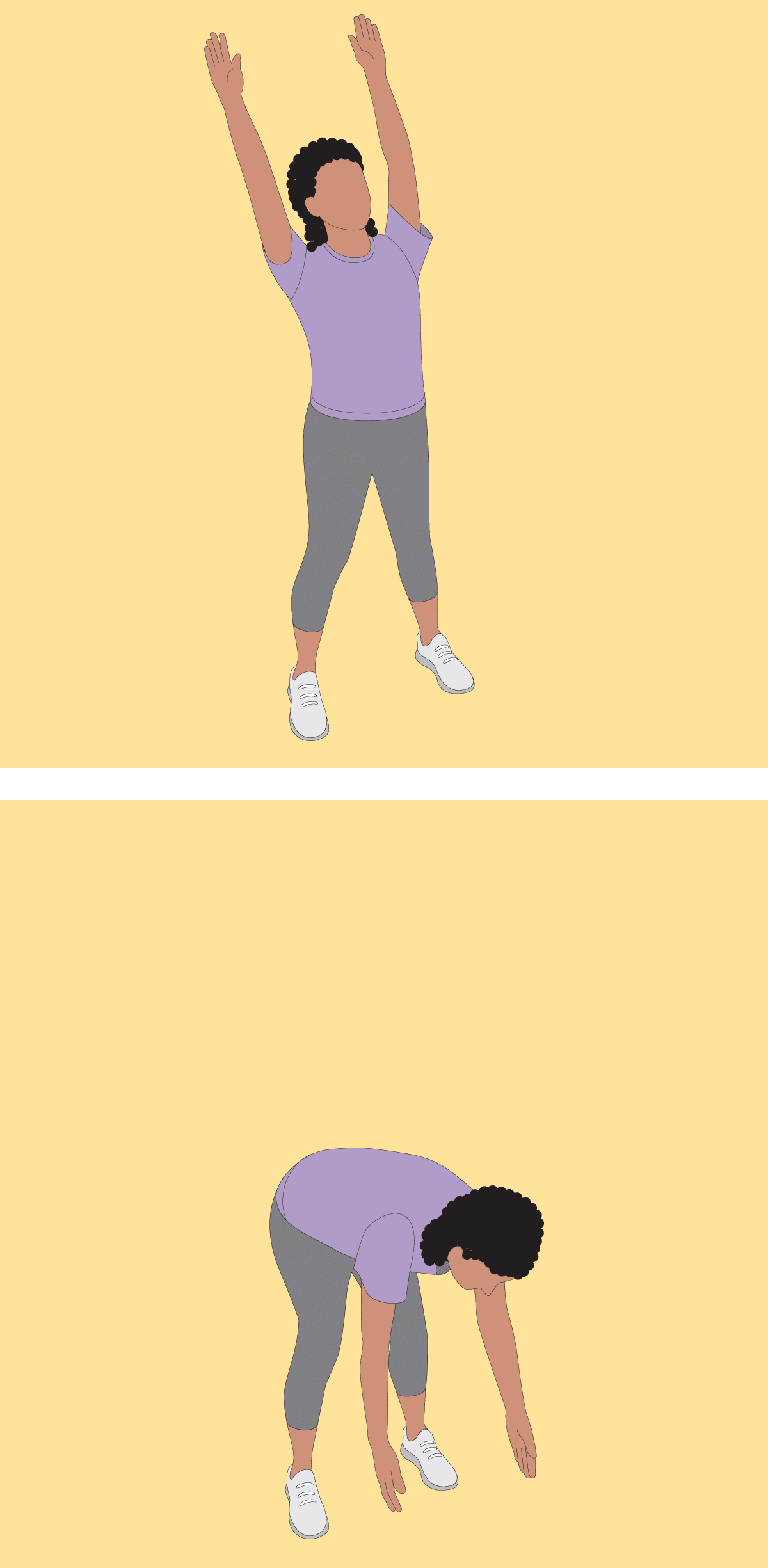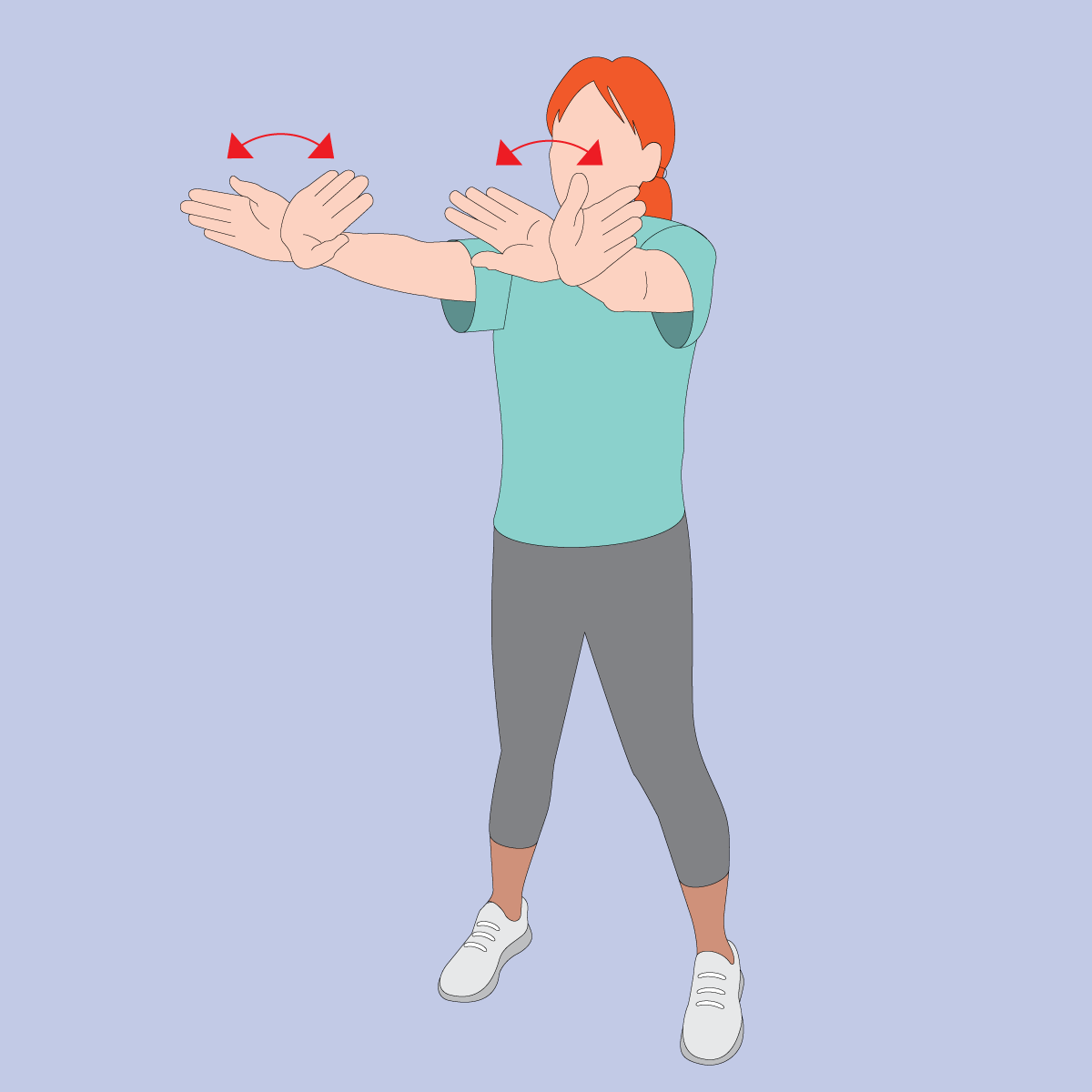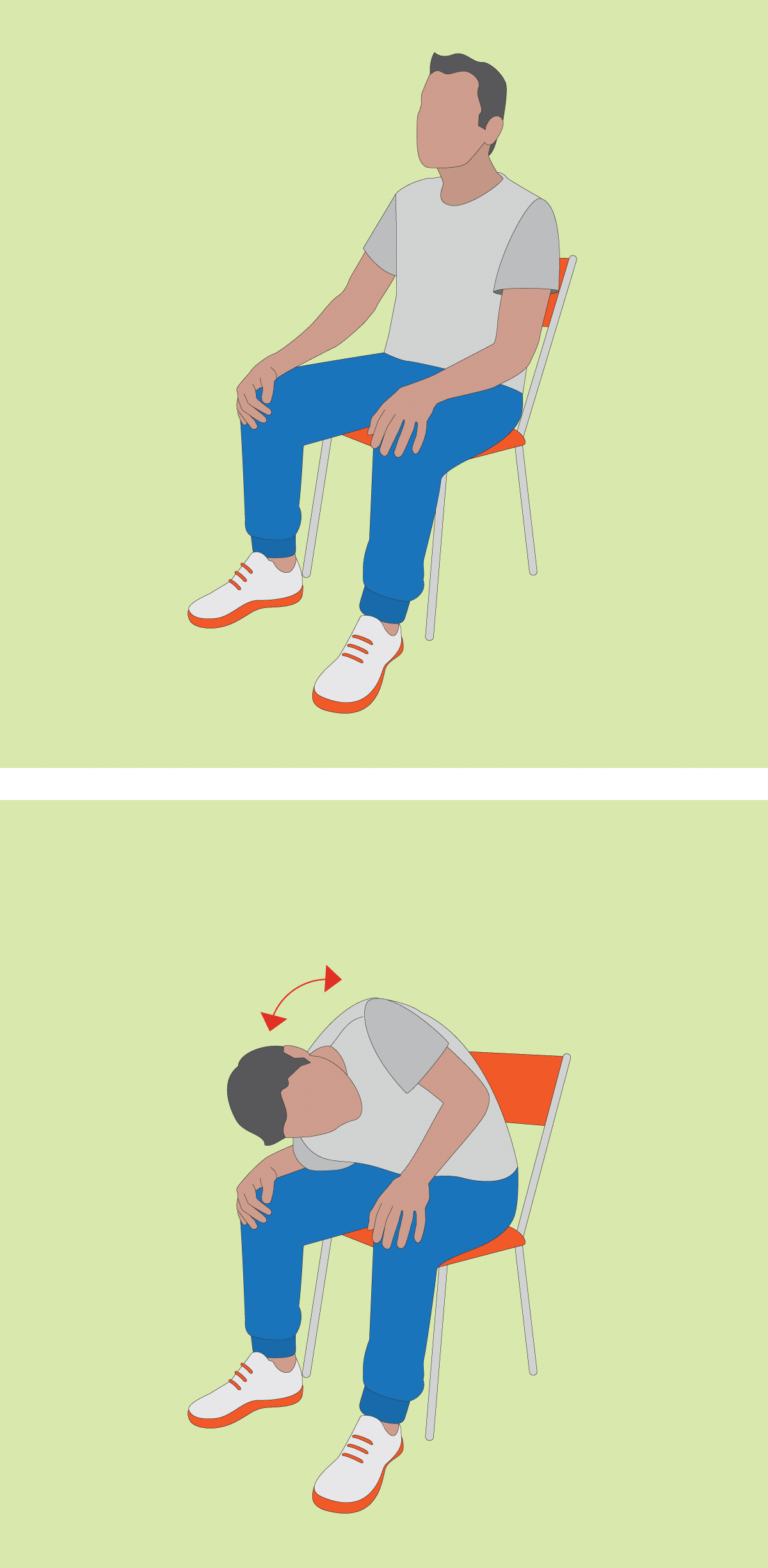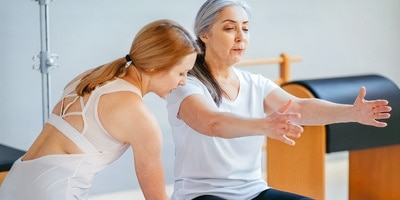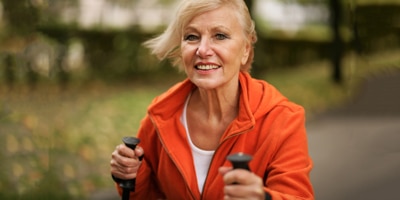Tai Chi for seniors: a safe way to improving health
Fitness: Benefits of Tai Chi for seniors
Getting enough exercise is often a challenge for people, and it can be even more difficult for seniors if they have limitations. The problem for many is that exercise isn’t always the most exciting activity, but solutions such as tai chi can make it different and even fun.
What is Tai Chi?
Tai Chi is a Chinese martial art which has been practiced for generations. Over the years, it has been adapted for various purposes, including training for sports and for defence. Tai Chi has been praised for its health benefits, and modern forms vary based on the intention of the participants.
Common elements in all forms of tai chi include concentration on breathing, deliberate movements and meditation. Movement may be fast or slow, but is repetitive, making it easy to learn and follow. Some variations include a faster version more similar to dancing and two-person exercises where one person pushes on the other person’s hands while moving.
Tai Chi for Seniors
Tai Chi is becoming a popular trend as an exercise option for seniors. When designed for this age group, the movements are slow, with footwork choreographed by a leader. Participants learn to breathe correctly, focusing on how they intake and release air while moving.
Concentrating on each movement helps the mind relax and relieve stress. The person is often calmer and has more energy after a session. Deep breathing and learning to focus helps improve balance, which can help prevent falls and injuries.
The Benefits of Tai Chi For Seniors
Tai Chi offers many advantages for seniors. Physical and mental benefits include the following:
- Improves balance, helping to reduce falls; also strengthens muscles in the legs and increases flexibility and stability in the ankles
- Improves core strength to enhance stability and reduce back pain
- Increases strength and function for people with chronic or serious illnesses, such as cancer
- May improve immune function
- Improve cognitive functions and memory
- Reduce depression, anxiety and other emotional or mental health conditions
A study conducted by researchers at the University of Toronto in Canada demonstrated how tai chi can help people with specific conditions, including heart failure, osteoarthritis, breast cancer and chronic obstructive pulmonary disease. While it won’t cure the conditions, the exercise helps improve balance, posture and strength, according to the report. In fact, a study from the Emory University School of Medicine showed that Tai Chi classes help reduce fall risk by almost 50%. Tai chi is gentle on the joints and won’t increase pain or cause the person to be short of breath.
In addition to the physical components of tai chi, this form of exercise has mental and emotional advantages. Some studies have shown that people who perform tai chi on a regular basis see improvements in cognitive function and memory.
The meditation and breathing aspects of the exercise help reduce depression, anxiety and other emotional or mental health conditions. Furthermore, getting out to attend classes and interacting with others can give seniors something to look forward to.
Getting Started with Tai Chi Exercises For Seniors
If you or a loved one could benefit from tai chi, look for classes in your area. Many senior facilities offer these classes or you can sign up at other exercise centres. No special equipment is needed, and any comfortable loose-fitting clothing is appropriate for the exercises. This makes it an affordable alternative for many retired persons.
Classes are often offered two to three times per week, but each person can go as they feel able. DVDs are available for the person who is homebound, even though it is recommended to work with a professional for a few sessions to ensure you know the proper posture and safe techniques.
What Are Tai Chi Movements?
Tai Chi is a slow and gentle exercise that is suitable for older adults, even if they are managing chronic conditions. It offers the benefits of flexibility, muscle strengthening, and endurance training. Tai Chi can improve the health of seniors without worsening existing impairments.
7 Tai Chi Exercises and Forms for Seniors (Simple Guide)
Whether your goal is to improve your balance, your core strength or your overall physical and mental health, there are tai chi exercises for seniors of all abilities. Let’s take a look at a few of the basics:
1. The lower body warm-up
All exercise programs should start with a warm-up to help ease your muscles into doing their work and to avoid injuring yourself. Tai chi is no different. For a basic lower-body warm-up, try this:
- Stand with your feet flat on the floor and legs slightly wider than hip-distance apart.
- Hold a slight bend in your knees.
- Have your arms either relaxed or with your hands on your hips. If you need extra support, try resting your hands on a chair back or rail.
- With a slow, controlled movement, shift your weight to one side so that around 70% of it is supported on one leg, then shift your weight to the opposite leg.
- Repeat this movement at least three to five times.
2. The torso twist
Torso twists are a great way to warm up your waist area. Here’s how to do them:
- Stand with your feet flat on the floor and legs slightly wider than hip-distance apart.
- Put your hands on your hips. This allows you to feel where the turning movement is coming from. You want it to be coming from your torso, not your hips.
- Have a slight bend in your knees
- Deeply inhale and feel your spine stretch. Exhale, and as you do so, gently twist to one side, using just your torso to make the move. You’ll naturally feel your hips move slightly too; this is fine, as long as the twist is centred from your torso.
- Inhale back to the center and repeat the twist to the other side.
3. Touch the sky
This exercise can also be used as part of your warm-up. It’s great for stretching your abdominal area and assisting with core stability. You can do it from either a seated or standing position. Here’s how:
- Either sit up straight in a comfortable chair or stand with your feet flat on the floor, legs slightly wider than your hips.
- If you’re starting from a seated position, rest your hands in your lap with your palms turned upward and fingertips pointing toward one another. If standing, hold your arms loosely at your sides, palms open.
- Inhale slowly and at the same time, raise your palms slowly to your chest level.
- Turn your palms outward and lift your hands above your head, keeping your elbows relaxed and slightly bent.
- Exhale slowly and relax your arms, gently lowering them to your sides.
- Return your hands to the starting position and repeat this at least ten times.
4. Drawing the bow
This is a simple, standing tai chi exercise, great for opening up your chest and building arm and leg strength. Here’s how to do it:
- Stand with your feet flat and your right foot slightly wider than hip-width.
- Gently twist your head and torso to the right.
- With loose fists, inhale and lift both arms to chest height out to your right. Your left elbow will be bent with your fist over your chest, while your right arm reaches out.
- Exhale and pull your left elbow back as though drawing a bow. At the same time, lift your right thumb and forefinger, pointing to the sky like an arrow.
- Bend your knees, squatting as deeply as you can.
- Looking beyond your right hand, inhale, then exhale as your lower your arms and return your body to a neutral position.
- Repeat the exercise, this time starting from the left side by moving your left foot slightly wider than hip-width.
- Do this at least three times on each side.
5. Windmill
This exercise helps to improve your flexibility and open up your spine. Here’s how to do it:
- Stand with your feet flat on the floor, slightly wider than shoulder-width apart.
- Relax your shoulders and let your arms hang loosely by your sides.
- Move your hands in front of your body, fingers pointing to the floor.
- As you inhale, raise your arms up through the center of your body and onward to over your head. Keep your fingers pointed throughout.
- Stretch toward the ceiling, arching your spine slightly backward. (Be gentle here!)
- Exhale and slowly bend your back forward to the floor, moving your hands with pointed fingers back through the center of your body.
- Bend forward from your hips, allowing your arms to loosely hang.
- Inhale, returning to the starting position.
- Repeat this at least three times.
6. Hand exercise
This hand exercise helps to promote flexibility in your shoulders, hands, and fingers. Here’s how to do it:
- Stand with your feet flat and slightly wider than shoulder-width apart.
- Raise your arms out in front of you, keeping them parallel to the floor. Your shoulders, elbows, and wrists should be aligned.
- Flex your hands with your palms facing forward and rotate your wrists to the left and right.
- Repeat at least three to five times per side.
7. The golden lion shakes its mane
This seated exercise helps to gently stretch your back. Here’s how to do it:
- Sit up straight in a comfortable chair with your hands lightly resting on your thighs.
- Breath deeply and comfortably in and out. On an exhale, lean forward until you can feel the stretch in your lower back.
- Near the end of your range of motion, twist your shoulders to one side, allowing your head and neck to turn with your shoulders and spine.
- Inhale slowly, twisting back to face forward, and sitting up in your starting position.
- On your next exhalation, repeat the exercise, but for the opposite side.
- Repeat this up to ten times for each side.
Tai Chi for seniors FAQs
Here are some of the frequently asked questions about tai chi for seniors:
What are the disadvantages of tai chi?
While there are multiple benefits to tai chi, like any exercise, there are some disadvantages. Firstly, it’s a martial art that can take some time to master. Practitioners tend to reach new levels at a slow and steady pace, which may not suit all people. The basic moves tend to take around three months to truly learn, and most enthusiasts will tell you that you don’t stop learning.
Another potential disadvantage is that tai chi can be painful to learn in the beginning. The movements provide a full-body workout and, when done correctly, exercise all muscle groups. For anyone who is starting from scratch, learning the movements can involve some residual pain, even though they seem gentle. The good news is that the fitter you get and the more competent with the movements, the less pain you will feel.
Lastly, while tai chi has some excellent benefits for your core strength and overall stability, it’s not going to get you fit like more vigorous exercise can. In terms of things like your ability to climb stairs without getting breathless, exercises such as cycling or brisk walking work more on your aerobic fitness. You may find you want to use tai chi in combination with other forms of exercise.
What is better for seniors, tai chi or yoga?
This is a great question! Tai chi and yoga share multiple benefits, including improving your balance, flexibility, mobility, mood, and strength. Both can help you to reduce pain and any risk of falls.
In terms of whether one is better than the other, yoga and tai chi are like cousins in fitness. While tai chi movements flow as a dance-like martial art form, yoga tends to be about holding poses. Both forms of exercise can be either low-impact or rigorous, so that’s a factor to take into account when you’re choosing a class.
Is there an answer for which is better? Currently, no studies show one beats the other in terms of assisting with longevity. Additionally, beginner-level classes are fairly easy for each. You’re able to adapt exercises for your own capabilities and extend them as you grow in your chosen exercise.
The answer will come down to your own health, physical conditioning, goals, and preferences. It’s worth trying both and figuring out which you prefer.
Can tai chi prevent falls in the elderly?
In short, yes! Tai chi can help to improve balance in the elderly, a significant risk factor for falls. A Stanford study found that tai chi balance training was more effective in helping to prevent falls in the elderly than conventional exercise approaches.
